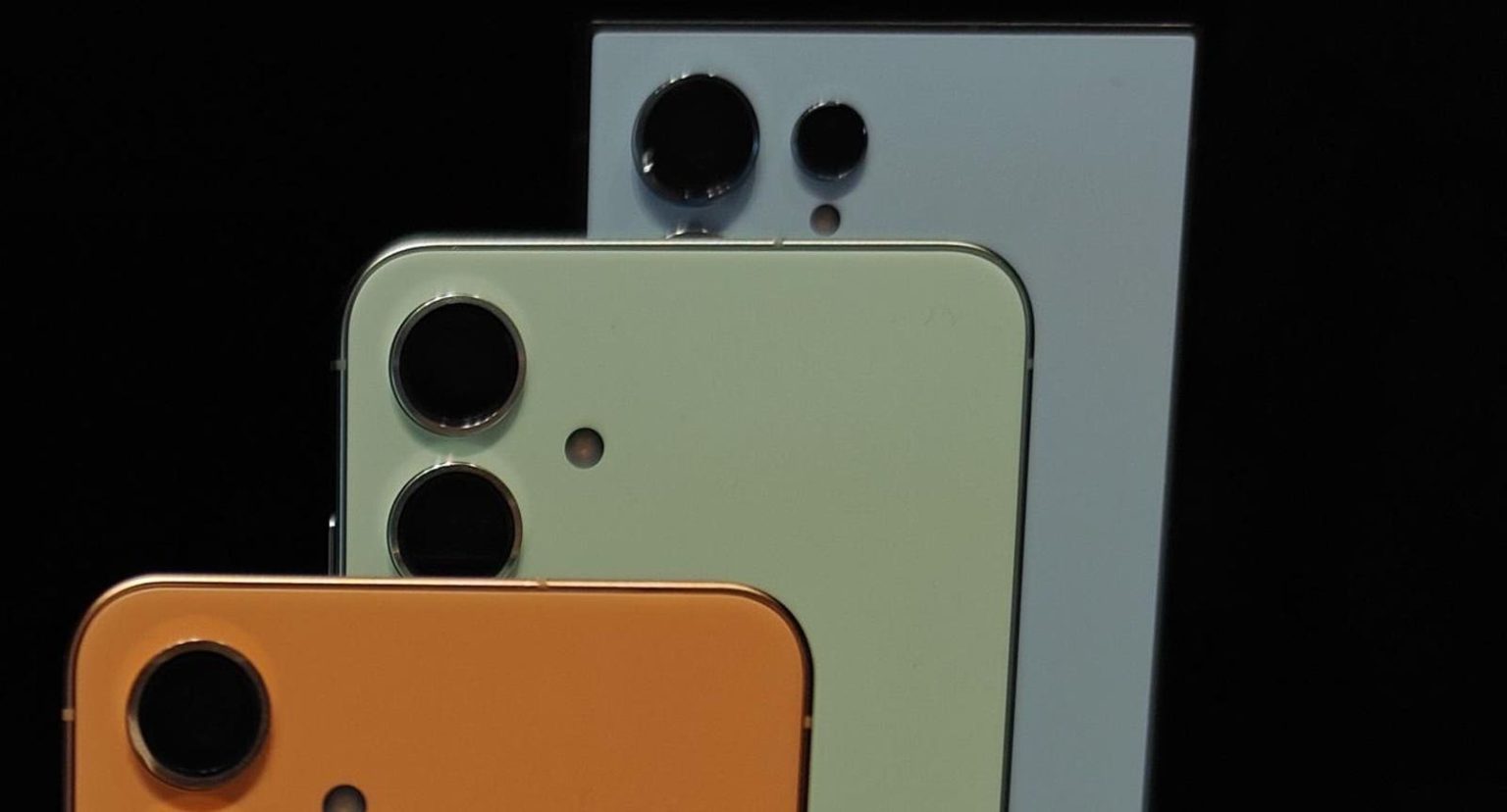Google Releases Crucial February Android Security Update Amidst Zero-Day Vulnerability Threat
Google has rolled out its February Android security update, addressing a critical zero-day vulnerability currently being exploited in targeted attacks. The tech giant strongly urges all Android users to update their devices as soon as the new software becomes available. This update comes as a crucial defense mechanism against potential threats to user privacy and security. The identified vulnerability, tracked as CVE-2024-53104, resides within the Android Linux kernel and can be triggered by mishandling media files, leading to out-of-bounds memory issues and system instability. Details regarding the vulnerability’s specifics will remain undisclosed until a majority of users have had the opportunity to install the protective patch. This preemptive measure aims to minimize the window of opportunity for malicious actors to exploit the vulnerability before users are adequately protected.
The February update tackles a spectrum of security flaws, encompassing several high-severity vulnerabilities beyond the actively exploited zero-day flaw. Google emphasizes the effectiveness of more recent Android versions in mitigating exploitation attempts, reinforcing the importance of keeping devices updated. Newer Android platforms integrate enhanced security features and system hardening, making it increasingly difficult for attackers to successfully execute exploits. However, despite the inherent advantages of newer operating systems, Google stresses that this update addresses critical vulnerabilities across all supported Android versions, making it imperative for everyone, regardless of OS version, to install the update promptly.
Central to Android’s robust multi-layered security architecture is Google Play Protect. This built-in security platform continuously scans apps for malicious behavior, protecting users from malware and unwarranted permission requests. Play Protect is particularly vital for users who install apps from sources outside the Google Play Store, where the risk of encountering malicious software is significantly higher. Google has been strengthening Play Protect’s capabilities and broadening its scope over the past year, underscoring its commitment to providing comprehensive security protection to Android users. The platform proactively protects users from harmful apps and phishing attempts, while also enabling users to manage app permissions effectively.
The zero-day vulnerability, classified as an escalation of privileges threat, could potentially allow attackers to gain unauthorized access to sensitive data and control device functionalities. Although current evidence suggests a limited, targeted exploitation of this vulnerability, historical trends indicate that such exploits can rapidly proliferate and become integrated into more widely deployed spyware. Once an exploit becomes public knowledge, it becomes a readily available tool for malicious actors, significantly amplifying the risk to a broader user base. The speed with which these exploits can be weaponized underscores the urgency of promptly applying security updates.
Beyond the critical zero-day vulnerability, the February update also addresses a range of additional security fixes, including a critical vulnerability (CVE-2024-45569) in Qualcomm components. This vulnerability, despite not having any reported active exploitation, is considered crucial due to its potential for remote exploitation. Although no current attacks leveraging this vulnerability have been identified, its existence represents a significant potential threat, particularly if exploited remotely. The proactive patching of such vulnerabilities is crucial to preempt any potential future attacks and maintain a strong security posture.
This comprehensive security update addresses vulnerabilities across all currently supported Android versions, although some newer enhancements in Android 14 and Android 15 provide inherent protections against certain vulnerabilities affecting older OS iterations. While the newer operating systems benefit from advanced security features, the update includes critical fixes applicable to all supported versions. This underscores the importance of installing the update regardless of the Android version running on a device. The update rollout will adhere to the standard staggered release schedule, varying by manufacturer, device model, region, and carrier. Users are advised to check their device settings, manufacturer’s website, or carrier’s website for information on update availability and installation instructions. The release timing will be closely watched by Samsung users, especially given the impending release of One UI 7 based on Android 15 and the anticipated launch of the Galaxy S25. While seamless updates akin to Pixel devices are expected for the S25, the current firmware for the upcoming device doesn’t include the January security patch, indicating ongoing refinements in the update deployment process.













